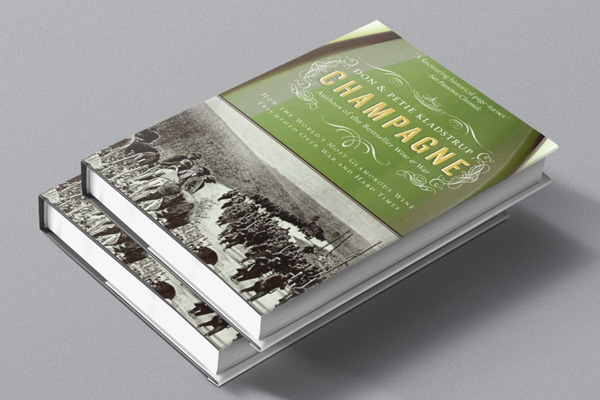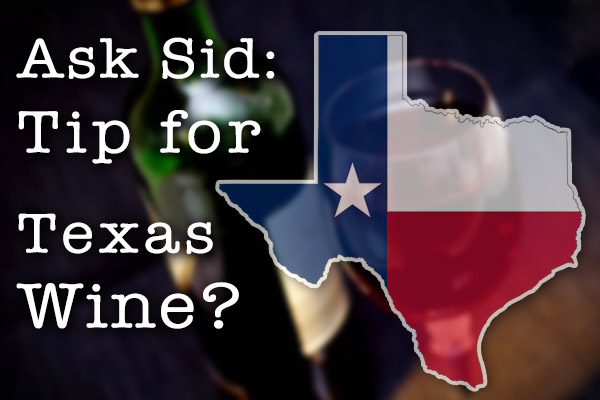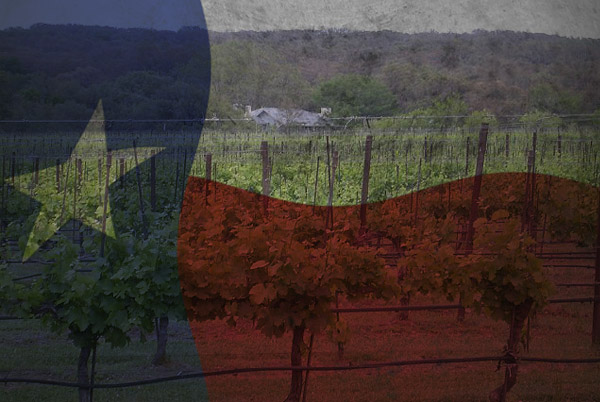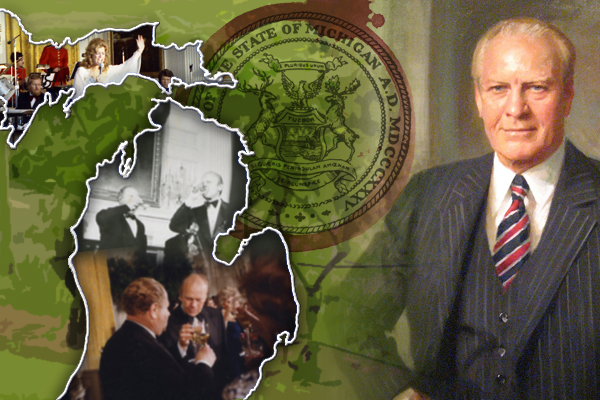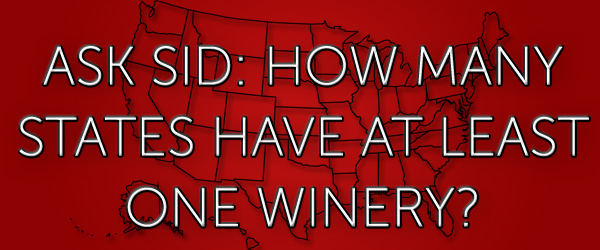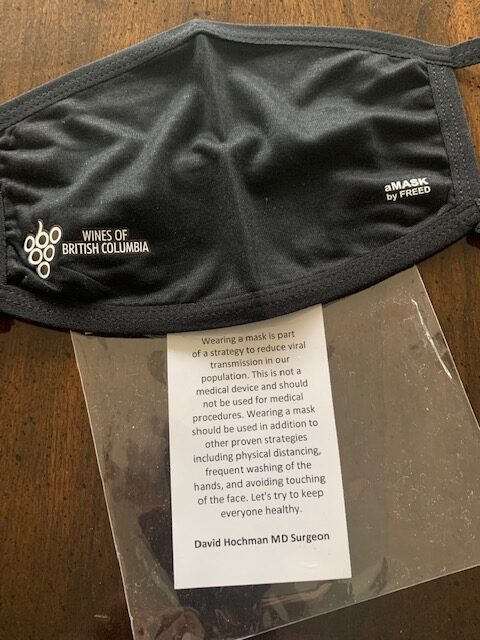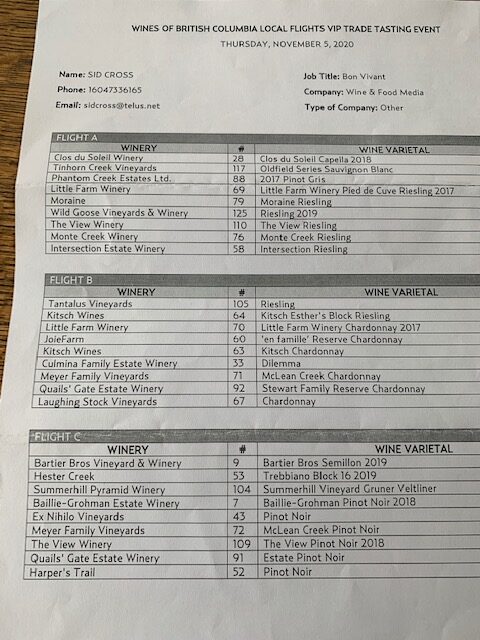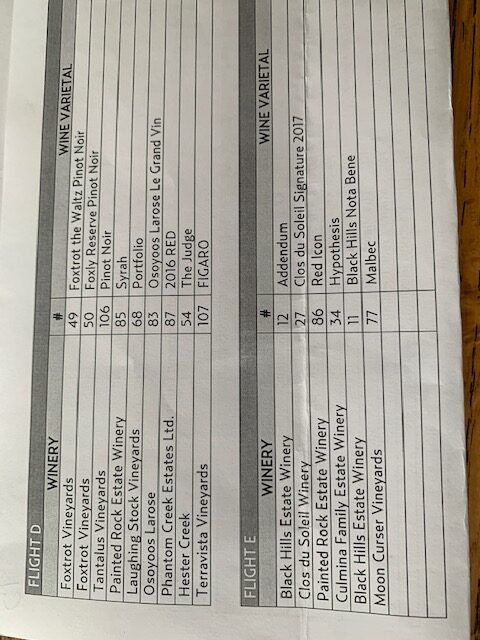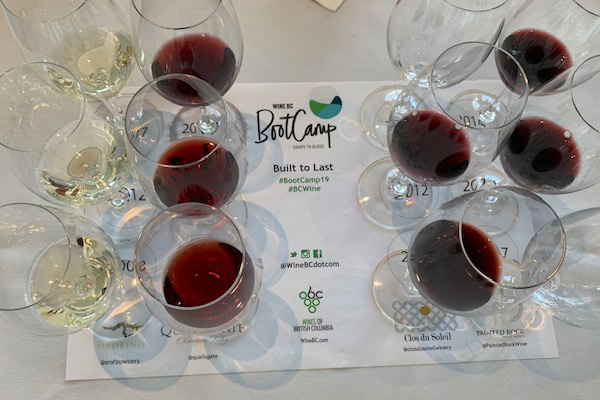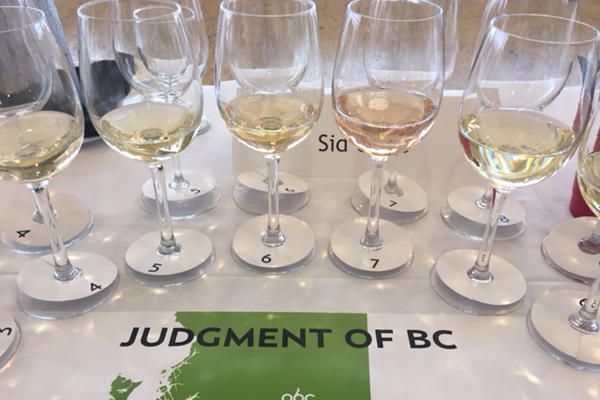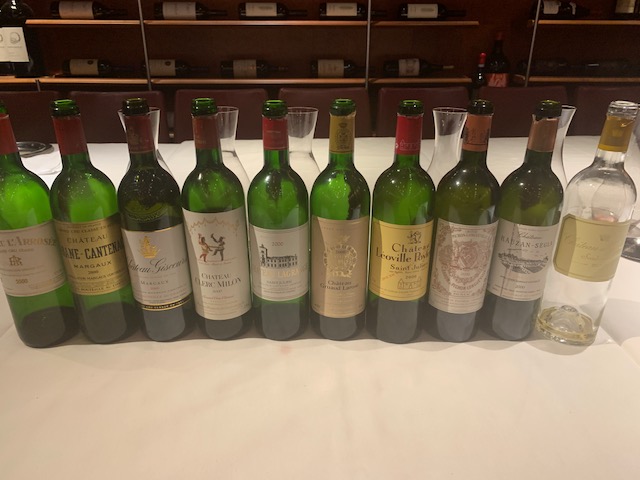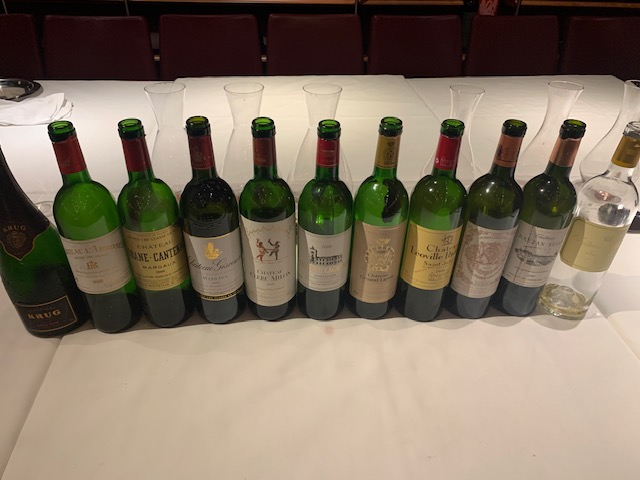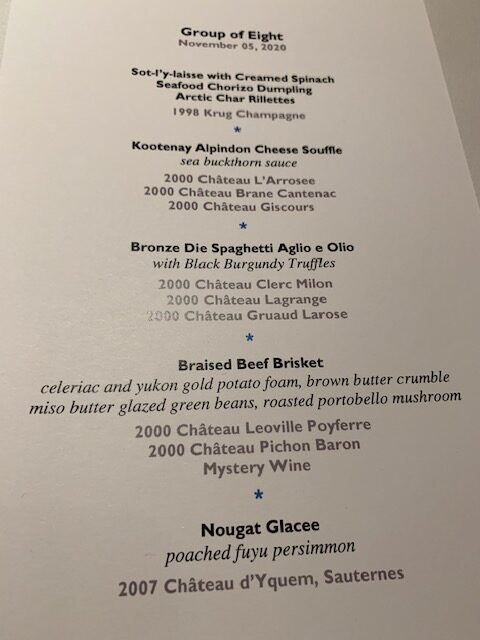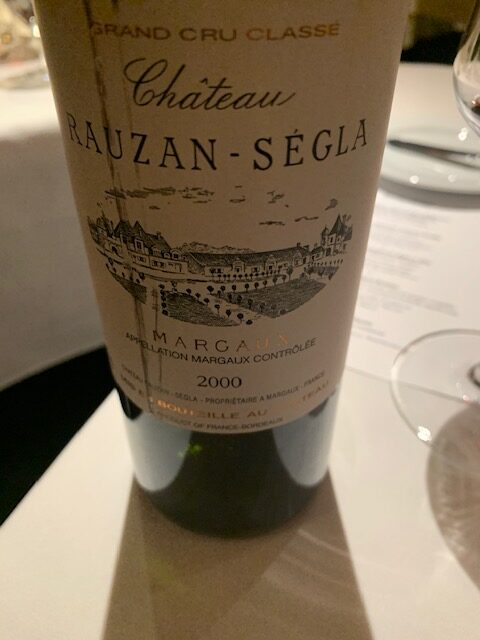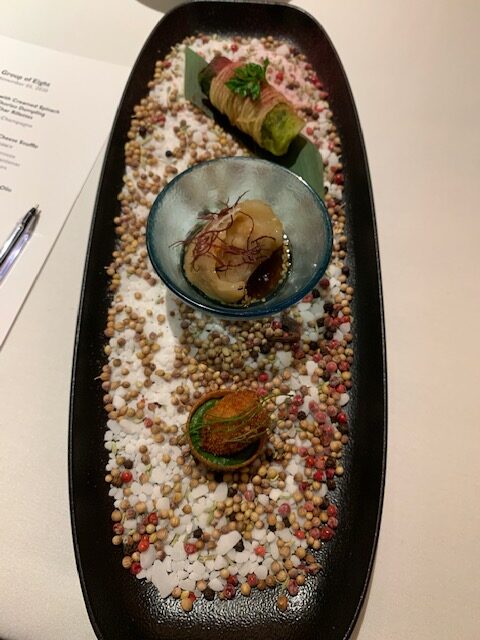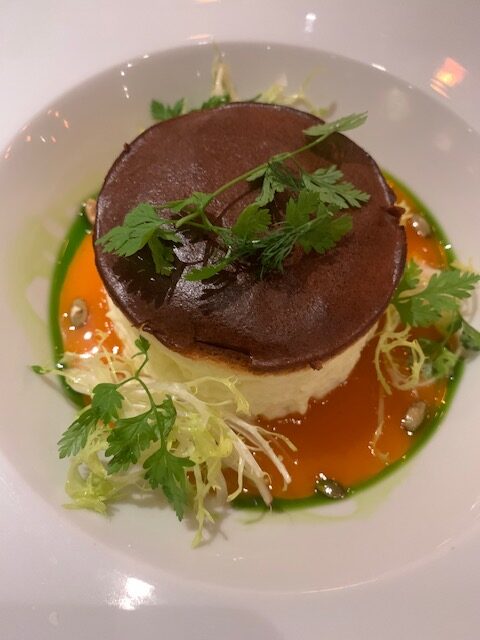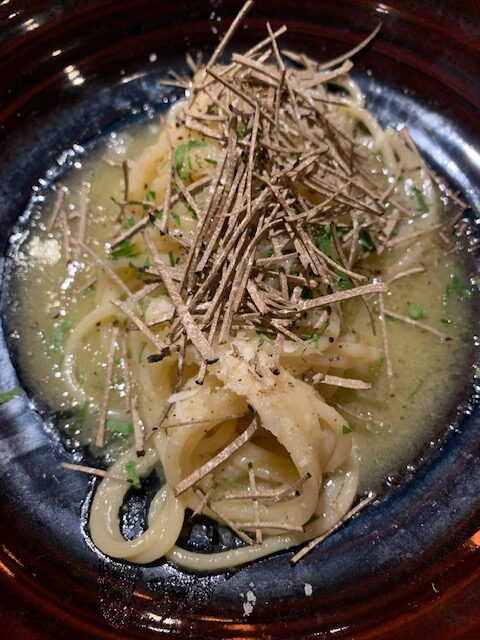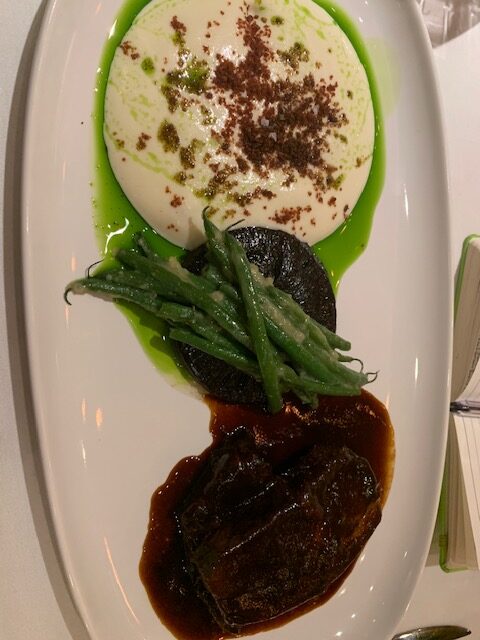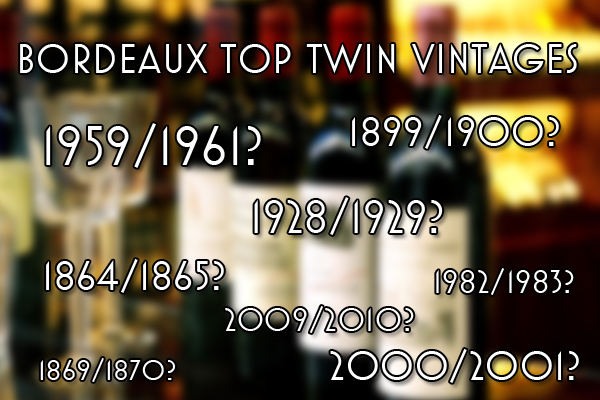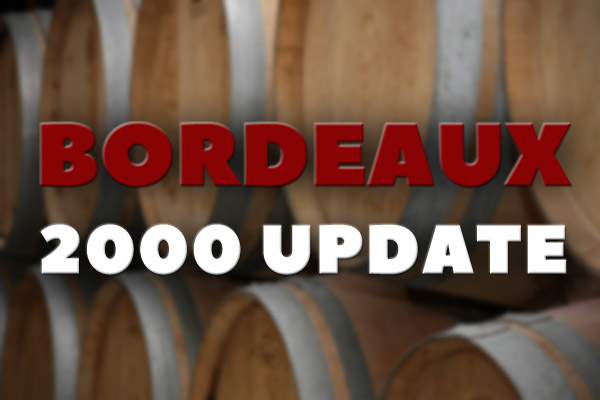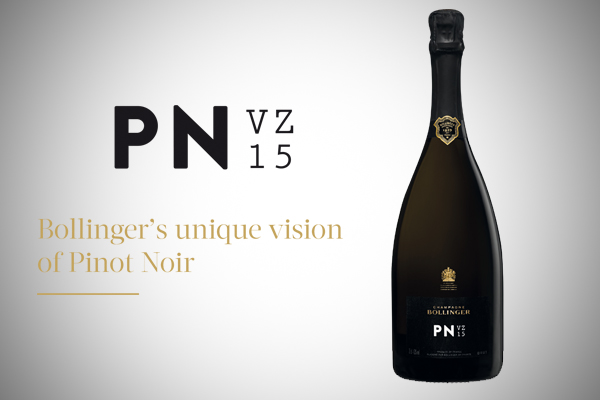
Your scribe is a devoted follower of the superb wine masterclasses on the 67 Pall Mall website. They state they are “founded by wine lovers for wine wine lovers” and have so many live and posted seminars. The Club is located in London England where wine is certainly their passion. Congrats to Ronan Sayburn MS who is the Head of Wine and organizes their continuing outstanding line-up of virtual tastings. Particularly enjoy regular contributions from Burgundy expert Jasper Morris MW, Bordeaux expert Jane Anson MW, The Barolo Boys and so many others. There is something there for every wine and food aficionado. Highly recommend you tune in to check it out.
A recent one on November 10 was family house Champagne Bollinger (since 1829) in Ay with International Sales Director Guy de Rivoire introducing their newest Cuvee – Bollinger PN. This is the first new item added to the Bollinger line since the Rose back in 2008. Appropriately PN is Pinot Noir based to provide a more inexpensive choice from the classic house style in Vieilles Vignes Francaises started first back in the 1969 vintage. They own 178 hectares of vines providing 60% of their supply of grapes with 104 hectares in Pinot Noir, 45 in Chardonnay and the balance of 29 having 27 Pinot Meunier. Always appreciate their large quantity of 800,000 hand riddled magnums as Reserves. The first edition PN VZ 15 in a unique “Antique” bottle is chosen for “the elegance and vivacity of Pinot Noir from Verzenay” at 60% (a cooler region chosen for this hotter vintage) with the balance from Ay, Bouzy & Tauxieres. The base wine is 2015 with 50% barrel ferment plus 20% Reserves back to 2009 disgorged November 2019.The tasting note provided says: aromas of cherry stone, jam-infused fruit and dried fig; rich, complex nose then develops towards toasted, baked notes as well as aromas of elderberry and pear; on the palate, flavours of peach and apricot are enhanced with hazelnut and acacia blossom notes.” Guy de Rivoire calls it “hedonistic”. Will be interesting to follow as well subsequent years from different vineyard holdings of their Pinot Noir with unique blends.
You might also like:

